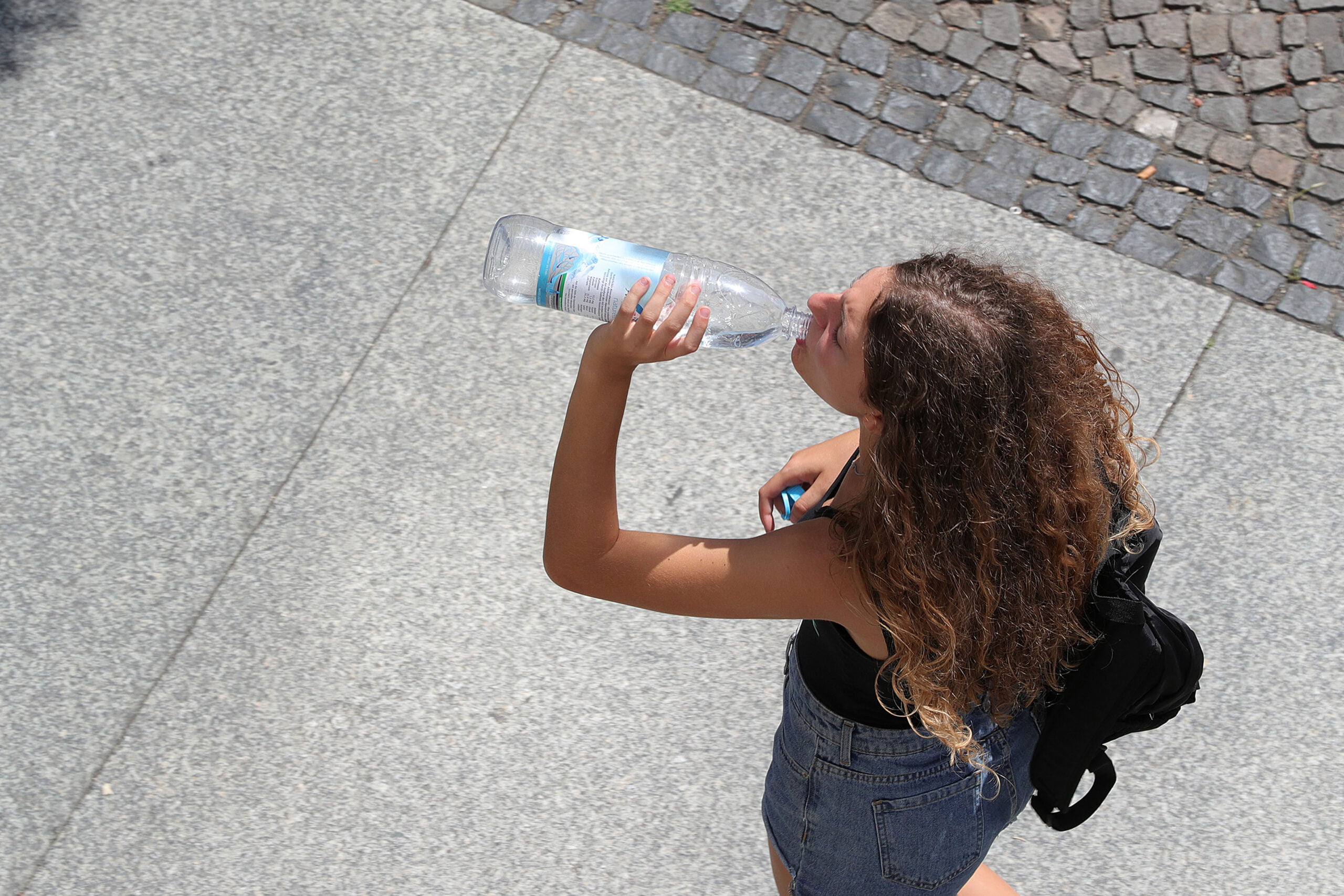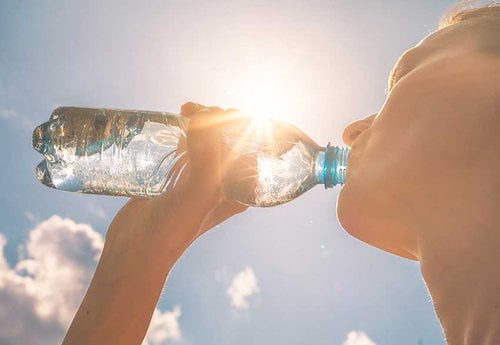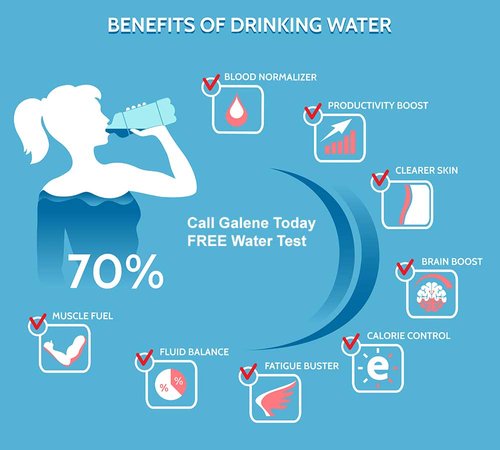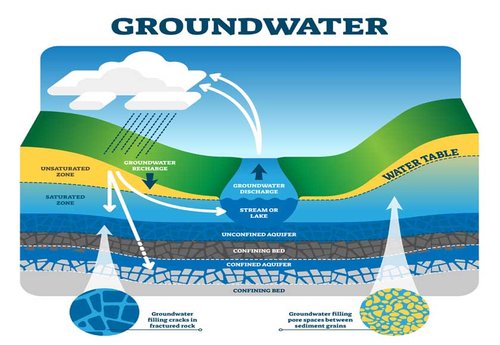It is generally accepted that lead and copper are natural metals that are found in many parts of the environment; however, they rarely occur naturally in water sources such as rivers and lakes. Lead gets into drinking water primarily as a result of plumbing materials that contain lead coming into contact with water after leaving the local well or treatment plant.
The components of these plumbing systems include: Lead pipes and lead solder up until 1986 and faucets, valves, and other components made of brass.
Corrosion occurs when water and plumbing interact physically and chemically. Lead and copper are released into drinking water when plumbing components corrode.
Because of the plumbing in a facility or residence, drinking water may contain too much lead. As lead plumbing is in contact with drinking water for a longer period, the likelihood of lead leaching increases. The amount of time it takes lead to leach into drinking water varies from facility to facility. Water in intermittently used facilities may contain higher levels of lead due to prolonged contact with plumbing components.
Recently, the Lead and Copper Rule was rewritten as a result of Lead Pipe and Paint Action Plan, which focused on the issue of clean drinking water. With the upcoming decade, these new laws hope to engage with regional, state, and federal partners to replace lead pipes, improve child development, and create better learning, care, and play environments with an emphasis on disadvantaged and often overlooked communities. The Build Back Better Act will continue to provide funding to local communities to remove lead paint and ensure cleaner drinking water.
Lead exposure to consumers – and especially children – has been a long-running battle for decades. The White House describes the Lead Pipe and Paint Action Plan as “a historic effort of unprecedented ambition that will deploy catalytic resources from the Bipartisan Infrastructure Law while leveraging every tool across federal, state, and local government to deliver clean drinking water, replace lead pipes, and remediate lead paint.”
Since gasoline and paint containing lead have been eliminated from the marketplace, blood lead levels have reduced dramatically. The next battle needs to focus on the lead in our drinking water. The most recent Lead and Copper Rule Revisions have targeted lead service water lines, a major culprit of exposure of lead in our water. The Lead Pipe and Paint Action Plan also makes a good point of targeting under served communities and eliminating all sources of exposure.
Water utility companies continue to monitor homes and schools for the presence of lead pipes. These pipes were banned nationwide in 1986 and in most places, long before then however, it is estimated that up to 10 million American households still connect to water through lead pipes and service lines. It is also estimated that children, toddlers and teenagers in 400,000 schools and childcare facilities are at risk of exposure to lead in their water. This is unacceptable and must change. No child, no family, no teacher, no American should be exposed to the dangers and health risks presented by lead in their drinking water.
Call Now and Schedule Your Free Water Test From Galene at (844) 942-5365





